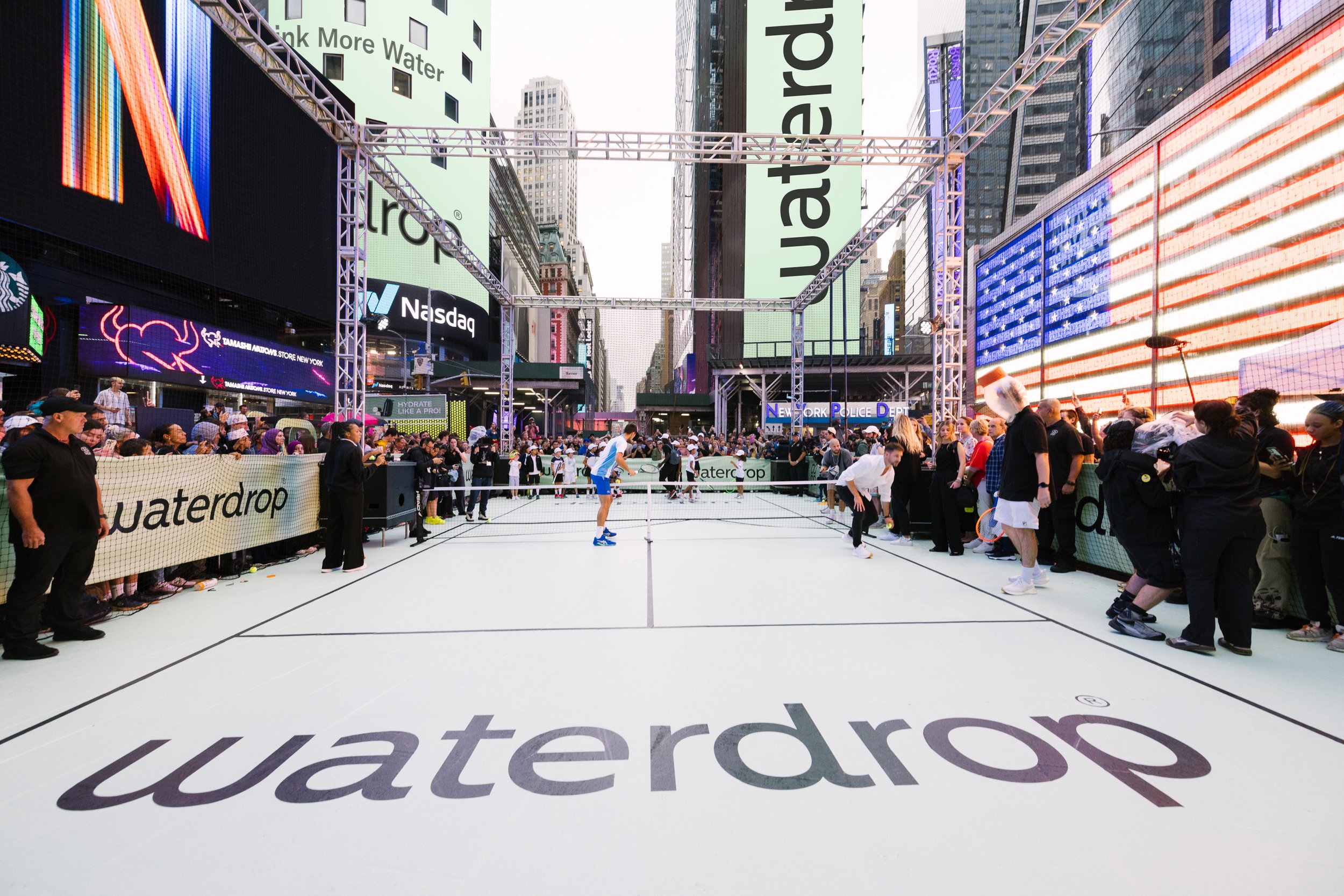Essential Tactics for Maximizing the Durability of Your Light Emitting Diode Display
Wiki Article
Light Emitting Diode screens are becoming progressively widely used for various applications, from marketing to entertainment. To ensure that these displays function efficiently over time, it is essential to implement strategies that maximize their durability. Comprehending the factors that influence the longevity of LED walls can assist operators sustain their performance and prevent unneeded replacements.
One of the primary factors that can prolong the durability of an LED wall is appropriate installation. It is crucial to have a skilled crew handle the setup procedure to guarantee all parts are correctly connected. Poor installation can result in electrical issues or physical damage. Additionally, the location of the LED screen should consider surrounding conditions such as sunlight exposure and moisture levels. A properly set up display in a proper site will reduce the risk of damage caused by outside factors.

Routine maintenance is a further crucial strategy to prolong the life of an Light Emitting Diode screen. This includes regular inspections to monitor for any signs of wear or failure. Dirt and debris can accumulate on the surface of the LED panels, impacting luminosity and color quality. Wiping the screens with suitable cleaners will help maintain optimal clarity. It is also important to monitor the components behind the screen, ensuring that all connections are secure and that there are no overheating issues, which can greatly reduce the durability of the components.
Power management plays a crucial role in improving the lifespan of an Light Emitting Diode wall. Over-voltage or unstable power supply can harm the inner circuitry. To avoid this, using a high-quality power supply and implementing surge protection strategies is advisable. Additionally, setting the display to function at lower luminosity levels when high brightness is not required can lessen stress on the LEDs. This not only extends the lifespan of the wall but also saves power, making it a economical choice.
Furthermore, software management can influence the functionality of Light Emitting Diode screens. Consistently refreshing the software that controls the display ensures that it operates efficiently and incorporates any essential safety patches. Old program can result in functionality issues and may put the setup to vulnerabilities. Proper scheduling of content can also assist with overseeing the demand of the display, allowing it to rest during off-peak hours, which can aid to a greater durability.
In conclusion, maximizing the durability of an Light Emitting Diode wall involves a mix of appropriate installation, regular maintenance, effective electric management, and careful software management. By focusing on these critical strategies, operators can guarantee that their LED displays stay tailored led wall solutions for events functional and visually pleasing for many years. Implementing preventive measures will not only improve the performance of the LED screen but also provide a better yield on cost over time.